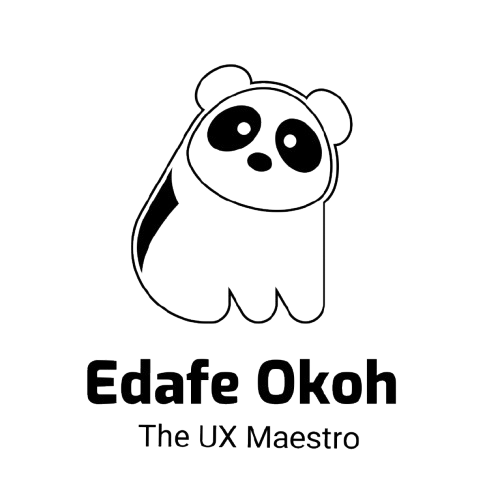THE PRODUCT
Fast fashion is a major environmental issue. Although many users are willing to buy secondhand clothes, platforms like eBay or Depop often feel cluttered, unsafe, or untrustworthy. Users want a curated, safe, and aesthetically pleasing way to thrift online.
Timeline: 8 Weeks
Role: Lead UX Researcher
Design tools: Figma, Freepik, Canva, Miro, Google forms, Maze
Goals: Design a mobile-first eCommerce app enabling users to buy secondhand clothing easily, with a strong emphasis on sustainability and community trust.
My Research
🎯 User Interviews
👥 Participants
12 users
Ages 18–35
Eco-conscious shoppers
Regular users of Depop and eBay
🧠 Key Insights
🔒 Trust & Safety
"I only buy from sellers with reviews or a badge—there’s too much risk otherwise."
Verified seller badges matter
Buyers avoid sketchy or incomplete profiles
🔎 Search & Discovery
"I give up half the time—there's no way to filter properly."
Frustration with search and filtering
Poor categorization leads to irrelevant results
👕 Transparency in Product Condition
"‘Like new’ means different things to everyone."
Buyers want photos of flaws, wear, and accurate tags
Demand for standardized condition labels
Depop’s visual feed is appealing but lacks robust filtering.
Poshmark has better seller ratings, but the UI feels outdated.
Vinted has smoother transactions but limited community features.
Persona
Meet Maya
Maya is a 26 year old Master’s degree student from New Jersey. She is a sustainable shopper who avoids fast fashion. She wants to buy clothes with minimal hassle and full transparency.
Her Goals:
Easily discover items she likes
Trust the quality before buying
Wireframes
Created low-fidelity wire frames in Miro. Focused on:
Visual hierarchy for product pages
Clean userflow flow with progress bar
Low-fi Prototype
Tool: Figma
Created a clickable Low-fidelity prototype
Used design tokens for scalability
Components: Buttons, badges (sustainable, verified), carousels, toggles
Usability Testing
🎯 Study Goals
To assess the ease of use, intuitiveness, and efficiency of the core user flows in the Thryft mobile app, with a focus on:
Browsing & search
Product detail comprehension
Checkout experience
👥 Participants
6 participants
Ages 19–34
Mix of casual and frequent resale shoppers
Platforms used: Depop, Poshmark, eBay
Tech comfort: Moderate to high
🛠️ Methodology
Type: Moderated remote testing via Zoom + Maze click-prototype test
Duration: 20–30 min per session
Tasks Tested:
Browse for a jacket and filter by size and color
View product details and assess condition
Add to cart and complete purchase
Affinity Map
4 Users loved the “condition scale” (e.g., New, Gently Used, Vintage Wear)
1 users didn’t notice the “verified seller” badge — improved contrast
1 user struggled with the App user flow from homepage to last screen
📊 Success Metrics
Final Design and Hi-fi Prototype
Visual Language
Colors: Earthy tones (Olive green, Pale sage, Light mint)
Typography: Clean, modern sans-serif for readability
Imagery: Real people, natural lighting, eco-conscious vibe
Screens
Home feed with curated “Looks”
Product detail with buyer confidence score
Profile with “Closet View” and rating history
Eco-impact tracker showing user’s contribution
Accessibility Considerations
Color contrast met WCAG AA standards
Large touch targets
Text resize support
Result
Impact
Average task success rate in testing: 92%
Sell flow completion time: Reduced by 35% compared to Depop
User confidence (via SUS score): 82 (above industry average)
What now?
Next Steps
Implement virtual try-on using AR
Introduce seller verification via government ID
Gamify eco-impact (badges, milestones)
Reflection
This project taught me the importance of balancing clean aesthetics with deep functionality. Designing for trust was the most challenging — and most rewarding — part. I learned that small UI details, like badges or condition meters, go a long way in building user confidence.






























